by Ernesto Condeixa "AGORA É TARDE; INÉS É MORTA.”

The love story of King Peter I of Portugal and Inés de Castro took place in the 14th century, during the early years of the Renaissance. It isn’t one you find on the many different lists of “greatest love stories”, and I had never read or heard of it before. My bad.
It is a Romeo-and-Juliette-type story which occurred in the 1300’s, long before the basis for that story was written and published Masuccio Salernitano 1478. But, unlike Romeo and Juliette, this is a true and document love story rooted in Portuguese history, language, and legend.
INÉS DE CASTRO
Inés de Castro was born in Castile in 1325, the natural daughter of the powerful Pedro Fernández de Castro. Her father was an illegitimate grandson of King Sancho IV of Castile and Lord of Lemos and Sarria; Her mother, Pedro’s mistress Aldonca Lourenco de Valadares, daughter of a Portuguese nobleman, was legitimately descended from Infanta Sancha Henriques of Portugal.
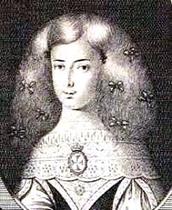
DON PEDRO / KING PETE I of PORTUGAL
Peter, the heir to the throne of Portugal, was born in 1320, the only son of King Alfonso IV and Queen Beatrice.
In those days, as everyone knows, children of noble birth rarely had any say in whom they married. It was all about the politics of kingdoms, alliances, duty to the crown, and responsibility to the realm. Also, remember that all these noble families were inbred and everyone is related to everyone else. Individual kingdoms during the 1300s.
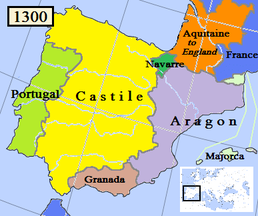
Peter was about twenty when his father arranged his marriage to Infanta Constansa of Castile for reasons which I won’t burden the reader with. Different sources give his bride the names Lady Constansa Manuel of Castela and Leão, and Constance Manuel of Villena. For clarity, I will refer to her as Constansa.
Peter and Constansa were married in 1340. Since the couple didn’t know each other, and Peter was young, he soon fell hopelessly in love with Inés and began to neglect his legitimate wife.
AFFAIRS OF THE HEART OUT OF WEDLOCK
Most of the court turned a blind eye to discrete affairs of the heart, even out of wedlock. Unfortunately, young Peter was not inclined to be discrete and was even willing to give up the throne to be near Inés. His father, King Alfonso IV didn’t approve because it weakened his already-fragile ties with his ally, the King of Castile. Alfonso waited, believing his son’s infatuation would soon die out. But it didn’t, and the affair continued.
PLOTS TO END THE AFFAIR
Legend tells that although Constansa was not in love with Peter, she plotted to end his affair by inviting Inés to be the godmother of her newly born son, born in 1340. According to the Catholic Church, this would make Inés a member of the family and her affair with Peter would be deemed incestuous and end it once and for all. To her disappointment, her efforts didn’t produce the result she wanted.
Finally, in 1344, King Alfonso banished Inés from court and sent her back to Castile, where she resided in Albuquerque Castle. Still, they wrote letters and Peter continued to visit her.
Albuquerque Castle Today
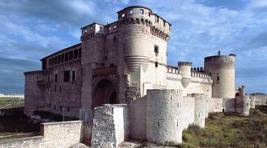
A year later, in 1345, Constansa died shortly after giving birth to their third child, Fernando (the first of Peter’s sons to succeed him on the throne).
As soon as Peter was no longer married, he brought his lover back to Portugal. They settled in Coimba and lived together openly. Over the next ten years they had four children, one of whom died in infancy.
King Alfonso made attempts to convince his son to remarry other noble women “worthy of his station” with family ties to buttress King Alfonso’s power, but Peter would have none of it. Instead he wanted to marry Inés, which his father forbade. Whether he actually married her during this time or not falls into the legend category. Some sources say he did, some believe he didn’t. After the fact, Peter claimed he had married her and produced witnesses, although they couldn’t quite remember the exact date.
During this time, Peter became close to Ines’s brothers who attempted to convince him to claim the throne of Castile. King Alfonso and his advisors feared the future monarch would embroil the kingdom in a war with neighbors, or worse, a civil war. Something had to be done.
THE EXECUTION
In 1344, while Peter was away from home, the king and his counselors discussed the matter of Peter and Inés, and finally decided the only solution was do away with Inés. As a grandfather, the king wasn’t happy about the idea, but finally went with three of his courtiers to sentence her to death.
Whether the king actually went with them or not is subject to debate. According to Cristóvão Rodrigues Acenheiro’s Chronicles of the Portuguese kings (1535), when they arrived, Inés appeared before the king with her children and begged him to remand the sentence. These chronicles have been the inspiration for many paintings. poems, operas, and literary works.
Painting by Columbano Bordalo Pinheiro, ca. 1901/04
Alfonso struggled with the decision, but finally turned his back and told his courtiers to do what they wanted with her. The three men proceeded to decapitate her in front of her children. Some sources say she was stabled with a dagger. She was only 29 years old.
THE AFTERMATH
When Peter returned and learned of Ines’s death, he was furious with his father for ordering the execution. With the support of Ines’s brothers, he staged a revolt against his father which lasted almost a year, until Queen Beatrice, Peter’s mother, forced an end to the war and brought about a reconciliation between father and son. Peter promised he had forgiven his father. Two years later, King Alfonso IV died, and Peter was crowned king in 1357.
A QUEEN IS CROWNED POSTMORTEM
As soon as he was crowned, King Peter I did two things. First, he found two the men who had killed Ines (the third escaped to France), subjected them to public trial where they were found guilty, and then had them tortured and executed.
According to an article by Else M. in TheRoyalArticles.com, the method of death torture was highly symbolic. “…from one of the men who had killed the love of his life, the heart was ripped out of the body through his back, and from the other, the heart was pulled out through the chest. All this happened in front of the Royal Palace, where the King was able to watch the terrible scene while having dinner!” Other sources claim he did it himself. This earned him the title of “Peter the Cruel.”
Second, King Peter announced that he had secretly married Ines in the town of Braganca, and produced his witnesses. Thus Ines de Castro was declared as Peter’s legitimate wife and therefore Queen of Portugal. He ordered her body exhumed from where she was buried in the Monastery of Santa Clara in Coimbra, and taken to the Monastery of Alcobada (tomb of the kings).
Monastery of Santa Clara in Coimbra Monastery of Alcobada Tomb of Ines de Castro
Legend tells us that once Inés’s body arrived in Alcobada, Peter ordered it to be dressed in finery and jewels and placed on the throne, then required his court to pledge allegiance to her as queen and kiss her hand. There is little evidence this really happened, but after everything else Peter did, who knows? Most legends are found on some truth.
Pierre-Charles Comte, and hangs in the Musée des Beaux-Arts in Lyon.
King Peter I ruled for ten years, until his death in 1367. Despite his nickname “Peter the Cruel” he was also known as “Peter the Just”. He was, indeed, just but he carried out justice with extreme measures, often handling executions himself rather than leaving it to servants.
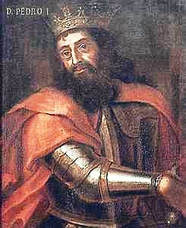
Note: There are a variety of spellings for the names of these historical figures, including variations of Spanish, Portuguese, and Castillian. I picked those which seemed most familiar and used them consistently.
Sources
http://www.theroyalarticles.com/articles/71/1/Ines-de-Castro-The-Queen-Who-Was-Crowned-After-Death/Page1.html
https://en.wikipedia.org/wiki/In%C3%AAs_de_Castro
https://www.historyofroyalwomen.com/the-royal-women/ines-de-castro-the-posthumous-queen/
http://ayoungwerewolf.tumblr.com/post/11797783166/thehaunter-the-corpse-bride-of-portugal-when
http://www.centerofportugal.com/the-tale-of-peter-and-ines/
https://www.atlasobscura.com/places/tomb-of-ines-de-castro
http://portuguesediner.com/tiamaria/portuguese-love-stories/
https://en.wikipedia.org/wiki/Peter_I_of_Portugal
https://en.wikipedia.org/wiki/Constance_of_Castile
https://www.geni.com/people/Aldon%C3%A7a-Louren%C3%A7o-de-Valadares/6000000000529077941
https://comicvine.gamespot.com/profile/dragonborn_ct/blog/history-files-the-tragedy-of-pedro-and-ines-de-cas/93697/
https://www.vortexmag.net/como-ines-de-castro-se-tornou-rainha-depois-de-morta/
http://www.rednecklatte.com/she-looks-a-little-pale-to-me/
http://www.medievalists.net/2010/03/relations-between-portugal-and-castile-in-the-late-middle-ages-%E2%80%93-13th-16th-centuries/
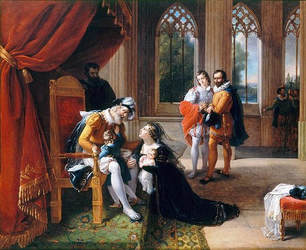
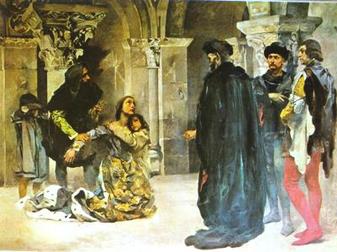
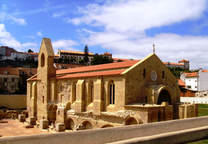

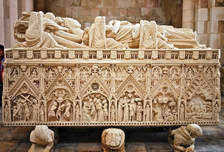
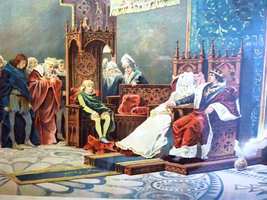
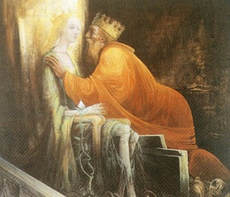
 RSS Feed
RSS Feed